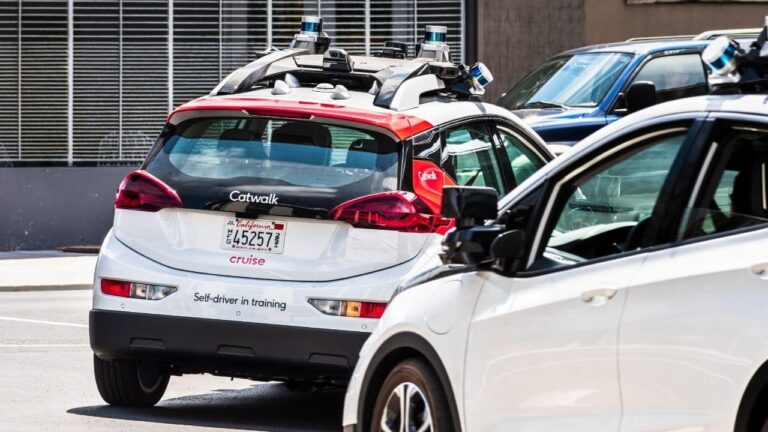General Motors’ Cruise robotaxi hasn’t been in great shape so far in its launch phase in the Golden State.
Initially, the introduction of these self-driving cars faced public opposition from San Francisco residents and taxi drivers. There have been numerous accidents (one of which was a personal injury accident caused by a robotaxi) where self-driving cars cannot figure out how to properly respond to various law enforcement and emergency service vehicles.
But tech-friendly Golden State Governor Gavin Newsom and the companies funding these self-driving cars have made it clear that they are here to stay. (While everything else seems to fall on deaf ears, money always speaks, or at least gets through the door.)
But some of the criticism being leveled at these cruise robotaxis (San Francisco’s fire chief and police chief have been vocal about the public safety issues these self-driving cars pose) It is being addressed.
What’s changing?
GM Cruise reportedly plans to reprogram its robotaxis to become more adept at detecting emergency services and law enforcement vehicles. First, robotaxis will now slow down to no more than 30% of the posted speed limit to the driver when it detects a siren nearby, even if the vehicle’s camera does not detect an emergency vehicle. .
Robotaxis are also being reprogrammed to recognize emergencies from a greater distance. These program updates will make vehicles more aware of things like emergency tape and fire hoses, and will improve navigation around double-parked emergency vehicles.
Another feature Cruise adds is improved “emergency vehicle prediction.” This feature will reportedly allow robotaxis to more accurately detect whether fire trucks, ambulances, or police cars are likely to speed up and run red lights during emergency calls. This feature also allows robotaxis to scan for the best place to stop before reaching an intersection if a siren is detected.
One of the most exciting updates is that Cruise will be communicating directly with first responders so they can get real-time updates on which roads and routes may be at risk from emergency activities. We announced that.
What does this mean for future self-driving cars?
In summary, the criticism San Francisco’s fire chief and police chief had of these self-driving cars is that the current technology is not ready for the big stage, and that these technology companies (and the government) The problem is that we are proceeding in a hurry. (After all, money makes the world go around.)
After all, the difficult real-time decision-making required to prevent these robotaxis from getting caught up in emergency vehicles is beyond the scope of this current technology.
Such human decision-making is the domain of SAE Level 5 autonomous vehicles, and these robotaxis are currently running on Level 4 software.
Hopefully, these proposed program updates will eliminate the problems caused by those in power wanting robotaxis on the streets, regardless of whether they operate smoothly or pose a public safety risk. problems will be alleviated.



